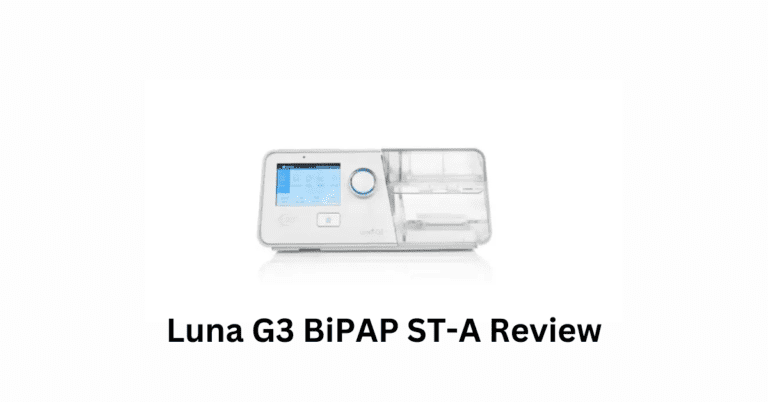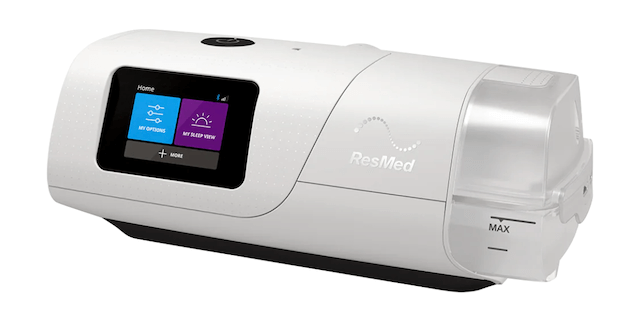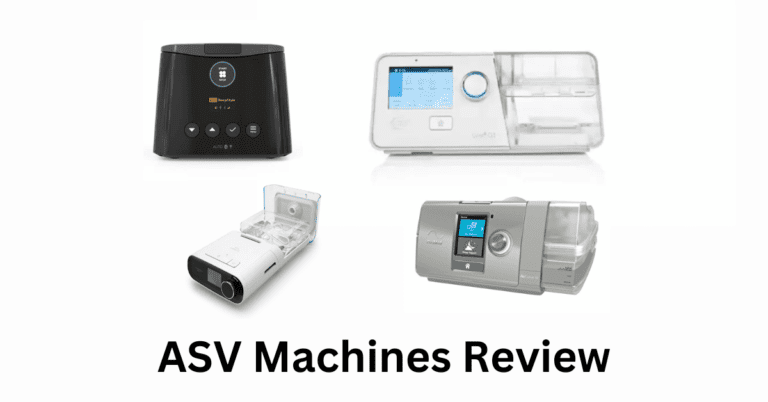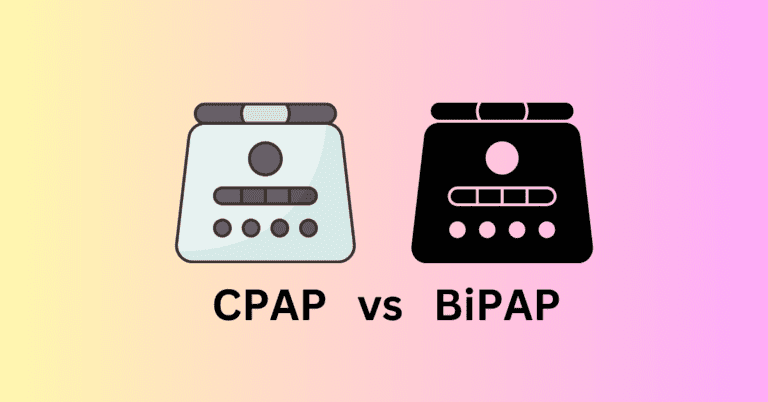Best way to Travel with CPAP: Tales from Europe!
Jeremy Smith is a long-term CPAP user and sleep apnea advocate. After being diagnosed with severe obstructive sleep apnea, he created ByJeremySmith.com to help others navigate CPAP therapy through personal stories, gear reviews, and practical advice.
“This post contains affiliate links. I may earn a commission if you buy through these links, at no extra cost to you. Read my Disclaimer for more details.”
Here I am in Europe with my ResMed AirMini AutoSet Travel CPAP.
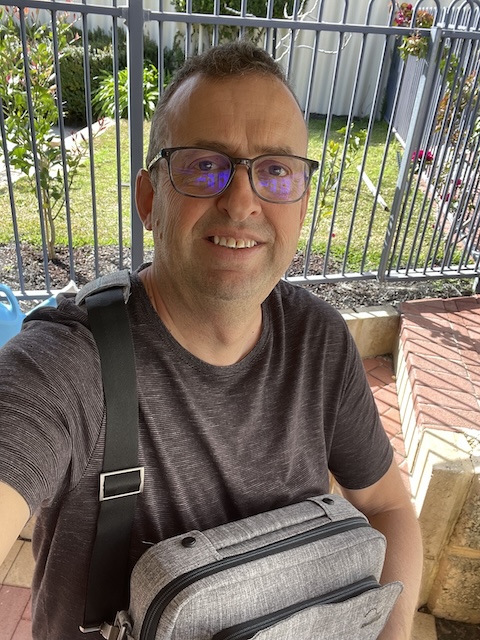
For anyone living with sleep apnea like me, using a CPAP (Continuous Positive Airway Pressure) machine is essential to getting a good night’s sleep. But what happens when you’re traveling?
Traveling when you suffer from sleep apnea can be an absolute pain and potentially dangerous for these reasons.
- If you are flying long-haul, how can you sleep if you snore like a chainsaw without upsetting the other passengers?
- If you have severe sleep apnea, how do you rest on a long-haul flight without compromising your health?
- When flying or sleeping away from a power point, you need a CPAP machine that can operate with a rechargeable battery. This could be when you are traveling in multiple hotels like me, or if you are going camping.
- You want to wake up, enjoy your holiday without headaches, and avoid annoying your partner or friends.
- If you are on a business trip, you need to wake up early to prepare for the day ahead.
The good news is that with some planning, you can easily bring your CPAP and still enjoy restful sleep away from home. In this article, I’ll share some personal tips and advice to help you have a hassle-free experience traveling with your CPAP.
Should you buy a Travel CPAP or take your Bedside CPAP?
Ok, so here’s what I recommend…
If you currently have a bedside CPAP machine, you will need to consider what is involved in your travel plans and whether you intend to make similar travel plans in the future.
I learned the hard way. I took my bedside ResMed 10 with me, which I could not use on the flight. Then, I could not use it at some of the hotels because the bed was nowhere near a power outlet! Plus, it was bulky to carry around.
For my last trip, I bought a ResMed AirMini AutoSet Travel CPAP, complete with an external battery and a fancy carrying case, as shown above.
But if you are traveling to one hotel and you don’t intend to go camping, then I recommend you take your trusty bedside CPAP machine and a long extension power cord. Be careful; don’t trip on it!!
Finally, if you need to purchase a CPAP machine and are wondering if you should get a travel one for all your needs, I recommend you don’t. Get both.
The reason is that the Travel CPAP machines do not contain a water tank but instead incorporate a mini-humidifier filter that uses your breath to humidify the air.
Travel CPAP machines are noisier for long-term use and do not give you the quality of therapy that bedside machines do.
Pack Smart: Make a CPAP Travel Checklist
The good news is that I have a CPAP travel checklist to save you from last-minute panic. Here’s what you’ll want to include:
- CPAP Machine: Don’t forget the machine itself. Travel or Bedside (maybe both)
- Power Cord and Plug Adapter: Make sure you have the cord, and if you’re traveling internationally, check whether you need an adapter for different outlets. Also, take an extension if you can find one that is not bulky for times when there is no plug by your bed or if your battery is flat.
- Mask and Headgear: Pack your mask and any extra parts in case something gets lost or breaks.
- Humidifier Chamber (if applicable): If you use a CPAP humidifier, bring the water chamber and distilled water, if possible.
- Filters: The mini CPAP machines have filters.
- Battery Pack: A battery is worth the extra investment. I have found that a battery lasts two nights and sometimes three.
- International Travel: (if applicable) The USA and Canada use 110V. Most of the rest of the world uses 220/240V. You need to check if your machine can switch between the two. Otherwise, you may need to take a transformer.
- CPAP Travel Case: Most CPAPs come with a travel case. It keeps everything organized and protected.
Being prepared means fewer headaches (literally) on the road and peace of mind knowing you have your CPAP essentials.
Get a travel-friendly CPAP machine.
I’ve already mentioned it and posted a nice pic of me carrying my travel CPAP in its case. Still, it’s worth mentioning again that compact, portable CPAP machines like the ResMed AirMini are perfect for trips since they’re lightweight and easy to carry.
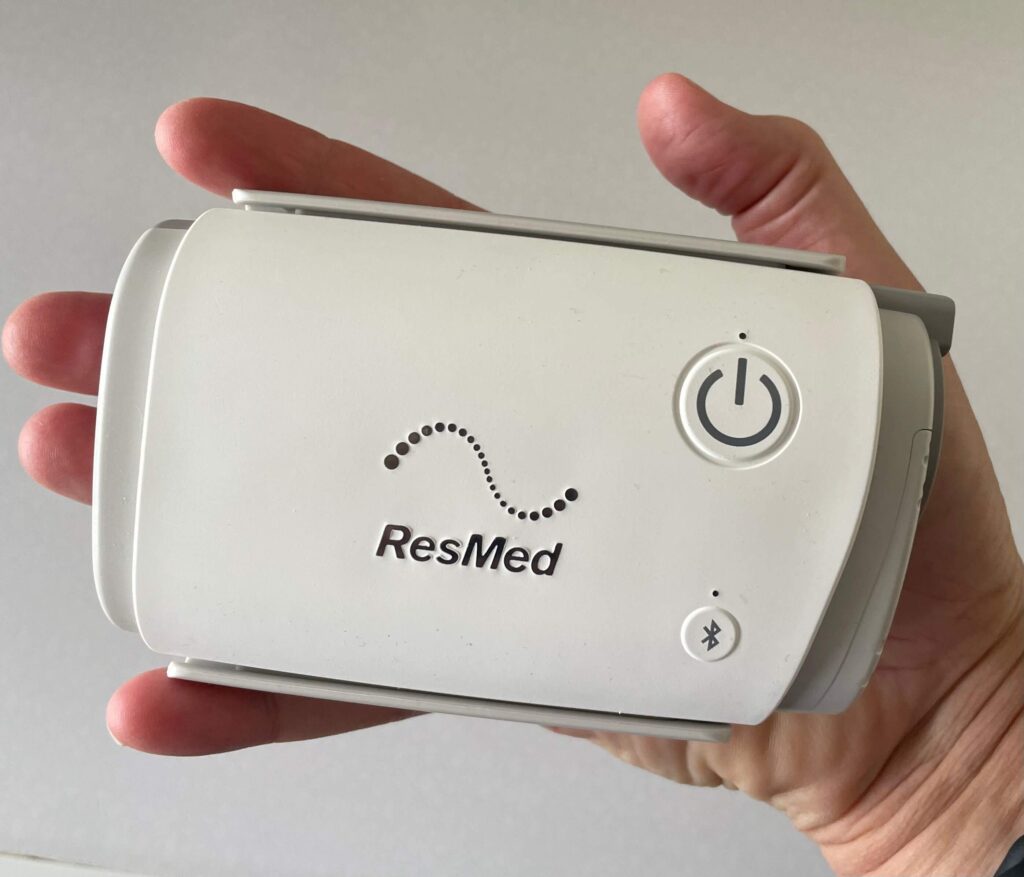
Investing in a travel CPAP will make life much easier if you travel a lot. Even if you don’t have a travel-specific machine, most standard CPAP machines are FAA-approved, meaning they’re safe to use on flights.
Air Travel: Navigating the Airport with CPAP
Air travel with CPAP is easier than it might seem. Here are a few tips to make it smooth:
- Carry Your CPAP Onboard: The Transportation Security Administration (TSA) in the U.S. considers CPAP machines medical devices. This means they don’t count toward your carry-on limit, so you can bring your machine in its case along with your usual carry-on bag.
- TSA Screening: At security, you may need to remove your CPAP from its case so it can be screened separately. I recommend bringing a plastic bag to place it in, as the machine must go into a tray on the conveyor belt. TSA agents are familiar with CPAPs, so it shouldn’t cause any issues.
- Use Your CPAP During the Flight: Most airlines allow the use of CPAP machines during long flights. Check with your airline beforehand to confirm their policy. You might also want to notify the airline in advance if you plan to use your machine during the flight. I just took my travel CPAP on board and no one asked any questions.
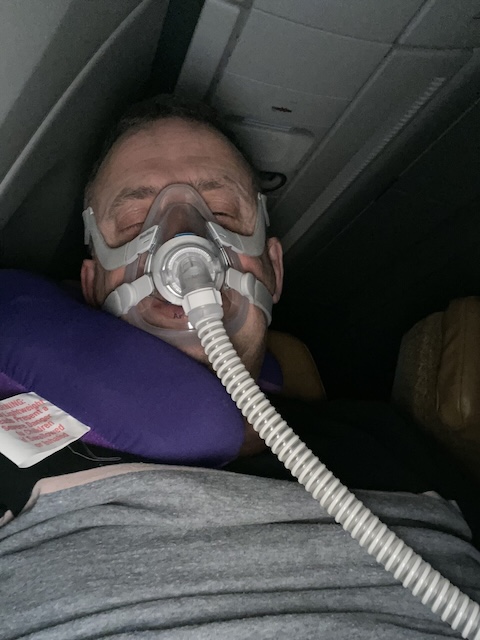
Plan for Power Needs at Your Destination
Before you leave, make sure you know what kind of power outlets will be available where you’re staying.
Outlet voltage is 110V in the USA and Canada. With a few exceptions, the rest of the world uses 220/240V.
You need to check if your machine can switch between the two. Otherwise, you may need to take a transformer or plug adapter.
Additionally, a CPAP battery can be a lifesaver if you’re staying somewhere with limited or unpredictable electricity, such as a rural area or a campsite. Look for hotels or accommodations that offer outlets near the bed, or check if you’ll need to bring an extension cord.
Maintain Your CPAP’s Cleanliness on the Go
Keeping your CPAP clean while traveling is just as important as when you’re at home. Traveling can expose your machine to more dust, dirt, and germs, so make sure to bring along a small cleaning kit. Here’s what I usually pack:
- CPAP Wipes: These are great for quick cleanings and can easily fit in your travel bag.
- Portable CPAP Cleaner: If you can bring one, you’ll save the hassle of washing your mask and hose by hand during your trip.
- Travel-Sized Soap and Water: If you don’t have wipes or a cleaner, make sure you have a way to wash your equipment gently. Mild soap and warm water work best.
By taking just a few minutes daily to clean your CPAP, you’ll avoid bacteria buildup and ensure your machine runs smoothly throughout your trip.
Make Sleep a Priority
Travel can reduce your sleep schedule, especially if crossing multiple time zones. Try to stick to your usual routine as much as possible, even if it means using your CPAP during daytime naps. If you’re dealing with jet lag, give yourself time to adjust and use your CPAP consistently to help your body catch up.
Additionally, if you’re staying in a new environment, make it comfortable to sleep. Bring along earplugs, an eye mask, or even a travel pillow to make the space feel more familiar.
Conclusion: Traveling with CPAP Doesn’t Have to Be Complicated
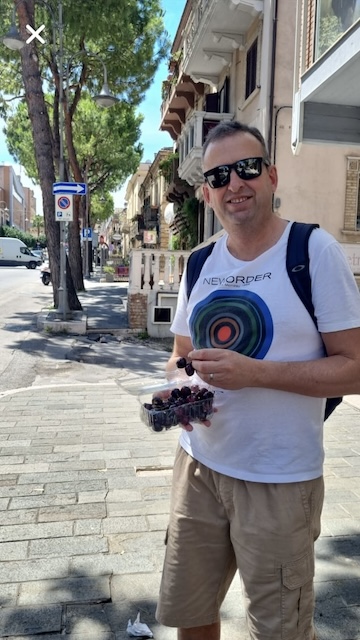
Traveling with your CPAP may seem challenging, but with some preparation, it’s totally doable.
Whether you’re flying, driving, or camping, a little planning ensures you get the quality sleep you need while away from home.
Personal Insight: From my own experience, I’ve found that taking the time to prepare has made traveling with my CPAP so much easier. When I first started traveling around Europe with a CPAP, I made the mistake of taking my clunky bedside machine. But by following these tips, you can travel confidently and enjoy your trip without sacrificing your sleep or health or annoying other people with your deafening snoring!
Do you have any questions or CPAP travel stories? Please share in the comments below.
Disclaimer: The content on this blog is for informational and educational purposes only and is not a substitute for professional medical advice. Always speak with your doctor or sleep specialist before starting, stopping, or changing any treatment or therapy related to sleep apnea or CPAP use.
